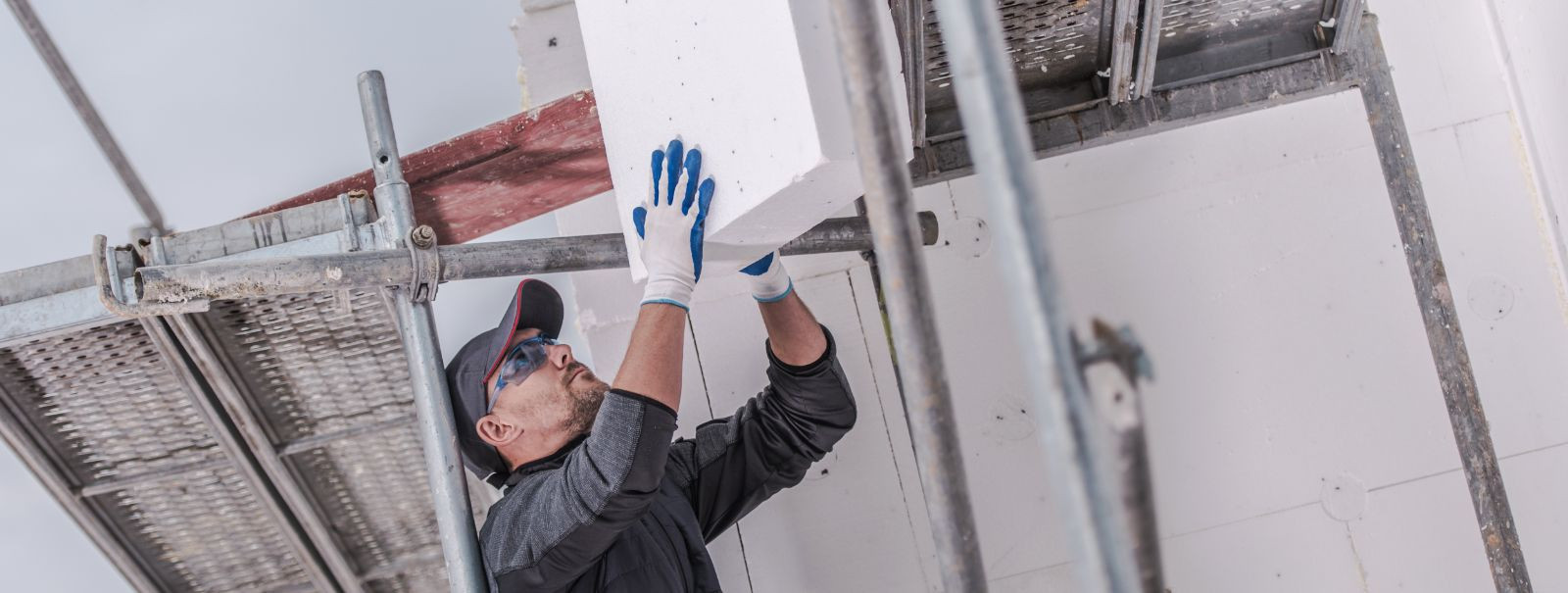The homeowner's guide to eco-friendly insulation
Insulation is a critical component in any home, serving to maintain comfortable indoor temperatures by reducing heat flow. Proper insulation not only makes a home more comfortable but also significantly reduces energy consumption, leading to lower utility bills and a smaller carbon footprint.
Traditional insulation materials, such as fiberglass and foam plastics, have been widely used for their insulating properties. However, they often contain chemicals and require significant energy for production, contributing to environmental pollution and greenhouse gas emissions.
Types of Eco-Friendly Insulation Materials
Cellulose insulation is made from recycled paper products and is treated with non-toxic fire retardants. It's an excellent choice for environmentally conscious homeowners due to its high recycled content and low-impact manufacturing process.
Sheep's wool is a natural and renewable material that provides excellent thermal and acoustic insulation. It's biodegradable, non-toxic, and can regulate humidity within the home.
Cork is harvested from the bark of cork oak trees without harming the tree, making it a sustainable choice. It has natural thermal and acoustic insulating properties and is also resistant to mold and pests.
Hemp insulation is made from the fibers of the hemp plant, which is fast-growing and requires minimal pesticides and fertilizers. It offers good thermal performance and is also a carbon-negative material.
Made from post-consumer recycled denim fabric, this insulation is soft to the touch and free from irritants and airborne particles, making it safe for installers and residents alike.
Expanded polystyrene (EPS) is a type of foam insulation that can be made with recycled materials. It's lightweight, easy to install, and has a high R-value for thermal resistance.
Benefits of Eco-Friendly Insulation
Eco-friendly insulation materials are often more efficient than traditional options, leading to significant energy savings and reduced heating and cooling costs over time.
Many green insulation options are free from harmful chemicals and volatile organic compounds (VOCs), which can improve the air quality inside your home and reduce health risks.
By choosing sustainable insulation materials, homeowners can reduce the environmental impact of their homes by minimizing waste, energy consumption, and harmful emissions.
Eco-friendly insulation materials are less likely to cause skin irritation or respiratory issues, making them a healthier choice for your family.
Considerations for Choosing the Right Insulation
Before selecting insulation, it's important to evaluate your home's specific needs, such as the areas that require insulation and the desired level of energy efficiency.
The R-value of insulation measures its thermal resistance. Higher R-values indicate better insulating properties, but the optimal R-value for your home will depend on your climate and the part of the home being insulated.
Some eco-friendly insulation materials can be installed by homeowners, while others may require professional installation. Consider your own skills and the complexity of the project when deciding.
The effectiveness of insulation is influenced by the local climate. It's important to choose materials that are suited to the temperature and humidity levels of your area.
While some eco-friendly insulation options may have higher upfront costs, they can provide long-term savings through reduced energy bills and potential tax incentives.
Installation Tips for Eco-Friendly Insulation
Proper preparation is key to a successful insulation project. This includes sealing air leaks, assessing ventilation needs, and ensuring that the space is ready for the new insulation.
Following best practices for installation will ensure maximum effectiveness of the insulation. This includes careful placement, avoiding gaps, and ensuring that the insulation is not compressed or damaged during installation.
While eco-friendly insulation generally requires minimal maintenance, regular checks can help maintain its performance and address any issues promptly.






Comments (0)